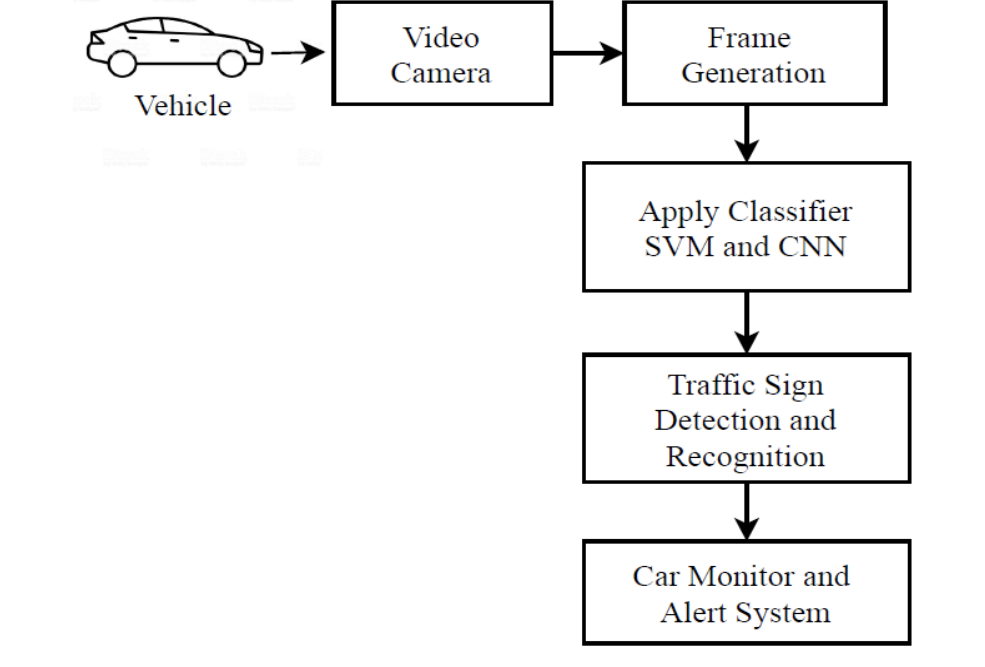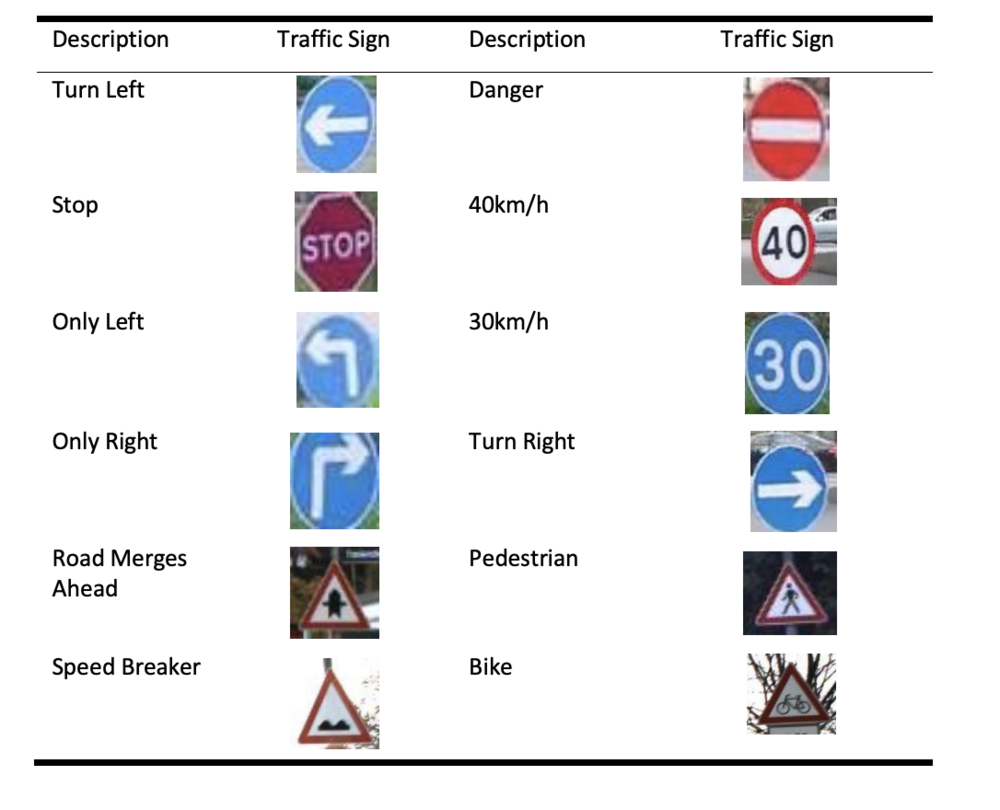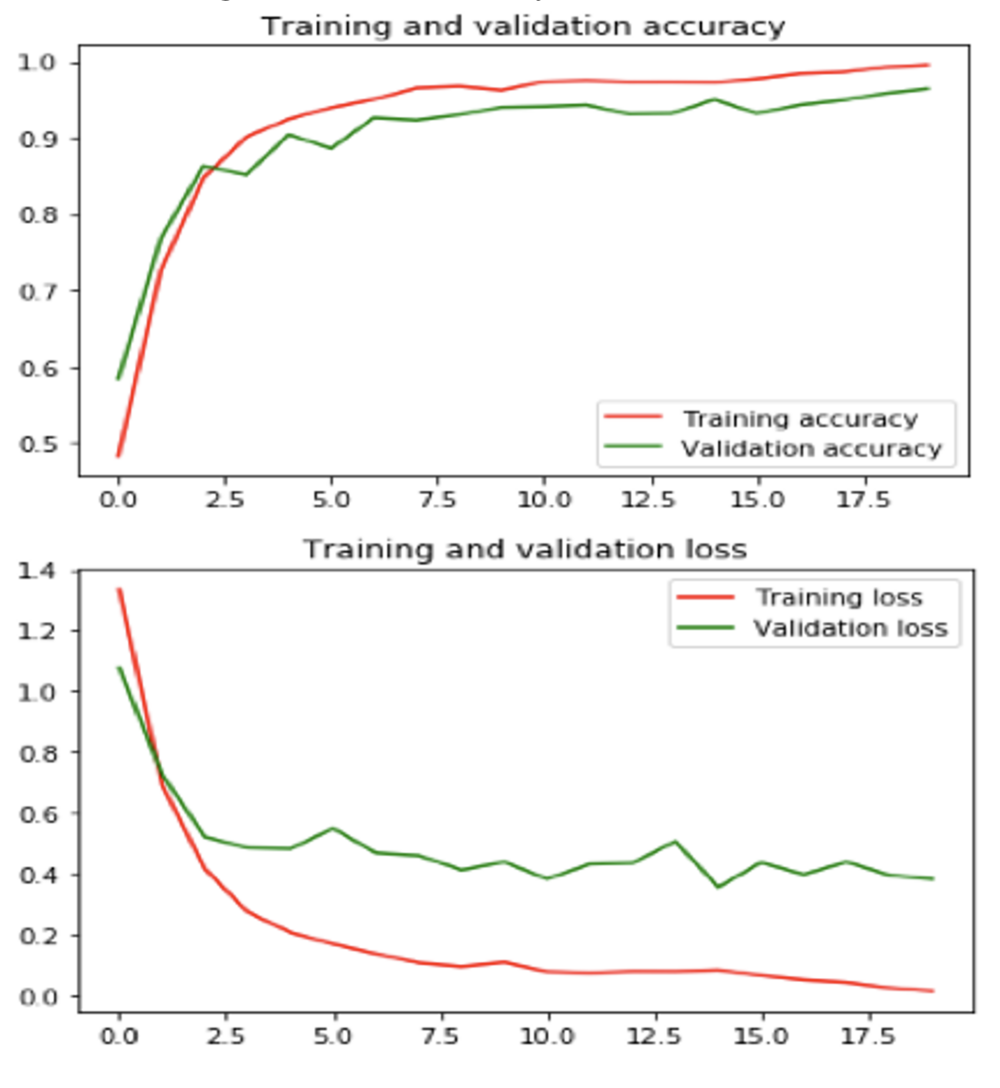Traffic Sign Recognition System (TSRS): SVM and Convolutional Neural Network
Presented by
Egemen Guray
Introduction
In order to increase the sustainability and decrease incidents of autonomous driving, Hasan Nazmul et.al. presents various techniques and models to build a Traffic Sign Recognition System. In this paper Convolutional Neural Network, and Support Vector Machine models are proposed to address this issue.

Previous Work
Over the years researchers published papers on traffic sign recognition using SVM and CNN. In 2019, Wei-Jong Yang et al proposed a CNN and SVM based TSRS. Using SVM model recognizes the sign and using CNN model predicts which traffic sign it is with a 97% accuracy.
In 2017, Prashengit Dhar et al. proposed a Traffic Sign Recognition system which achieves 97% accuracy with a HSV color model and a CNN classifier.
In 2019, Aashrith and et al. used CNN to recognize traffic signs. They achieved 99.18% accuracy on Belgium Data and 99.50% accuracy on German Traffic Sign Benchmark (GTSDB).
In 2019 Pavly Salah Zaki and et al. published a paper on multiple entity detection system which uses combination of F-RCNN and Single Shot Multi Box Detector along with several feature extractors to detect traffic sign on GTSB dataset.
Proposed Methodology
For recognizing traffic signs Hasan Nazmul et al. uses two approaches based on CNN and SVM. They have considered 12 different classes each with 100 images. Dataset was built from cropping video frame which have been collected random videos.

Model Architecture
Model is composed of convolutional layers, Relu function, polling layers, and fully connected layer.

In the first step, Convolutional layer takes one input and output image in 2D format to extract features from images. After that Relu function replaces all negative values to 0.
Max polling in the polling layer progressively decrease the size of the input images thus decreases the number of dimensions and the computational power needed while helping model to avoid overfitting as well.
Fully connected layer combines all features into output stage, calculated error gets to be minimized using backpropagation.
Results
CNN classification method for Traffic sign prediction scored 99.56% accuracy on training and 96.40% validation accuracy. Plot of training/validation accuracy and loss of CNN model is visualized in figures below.

Conclusion
Hasan Nazmul et.al. represent an traffic sign detection and recognition approach in this paper towards the design of a realtime traffic sing recognition system. Using convolutional neural network classifier this paper suggest that obtained highest training accuracy was 99.56%, while the test accuracy was 96.40%.
References
[1] Yang, WJ., Luo, CC., Chung, PC., Yang, JF.: Simplified Neural Networks with Smart Detection for Road Traffic Sign Recognition. Lecture Notes in Networks and Systems, vol 69. Springer, Cham (2020)
[2] Dhar, M. Z., Abedin, T., Biswas, Datta, A.: Traffic sign detection — A new approach and recognition using convolution neural network. IEEE Region 10 Humanitarian Technology Conference (R10-HTC), Dhaka, pp. 416-419, (2017)
[3] Aashrith, V., Smriti, S.: Traffic Sign Detection and Recognition using a CNN Ensemble. IEEE International Conference on Consumer Electronics (ICCE). 07 March, (2019)
[4] Zaki, P. S., et al.: Traffic Signs Detection and Recognition System using Deep Learning. In: Conference on Intelligent Computing and Information Systems (ICICIS) (2019)